Exploring Baltic Amber and Insect Inclusions : The Enigmatic Fossilized Amber Treasures of the Eocene Epoch
The Fascinating World of Baltic Amber
Baltic amber, renowned for its captivating beauty and historical significance, originates from the resins secreted by ancient coniferous trees that thrived during the Eocene Epoch, approximately 35 to 40 million years ago. This geological formation period falls within the Tertiary Period, when lush forests were plentiful and a warm, humid climate prevailed in the regions surrounding the Baltic Sea. As these resins flowed and hardened over time, they encapsulated various organic materials, including insects, plants, and other debris, thus creating a remarkable fossilized record of prehistoric life.
The geological processes involved in the formation of Baltic amber contribute to its unique characteristics. Over millions of years, the resin underwent polymerization and fossilization, transforming it into a durable and translucent substance. The colour of Baltic amber varies widely, ranging from deep honey to vibrant orange, and less commonly, to shades of green and blue. This range in colour, alongside its distinct clarity and inclusions, enhances its appeal as a highly sought-after collectible among enthusiasts, jewellers, and researchers alike.
One of the most significant features of Baltic amber is its abundance in the Baltic Sea region, particularly along the shores of countries such as Poland, Lithuania, and Latvia. This proximity to ancient forests makes the Baltic Sea a treasure trove of amber finds. The accumulation of amber along the coastline has not only contributed to the local economy through trade and craftsmanship but has also positioned the region as a centre for scientific research. Thus, Baltic amber and insect inclusions serves as a crucial medium for studying past ecosystems, offering insights into the environmental conditions and biological diversity of the Eocene Epoch.
Amber Inclusions: Preservation of Life from the Past
Amber insect inclusions represent a fascinating glimpse into ancient ecosystems, providing insight into life from the Eocene epoch. The process begins with tree sap, which is secreted by plants as a natural defence mechanism. This sticky resin can trap small organisms, such as insects, spiders, and even plant fragments, as it flows and solidifies over time. Once the sap hardens into amber, it creates a unique environment in which these specimens remain preserved for millions of years. The preservation of a tiny fly within Baltic amber is a particularly noteworthy example, capturing a moment in time that would otherwise be lost to history.
The aesthetic and scientific value of amber insect inclusions cannot be overstated. Collectors and researchers alike prize these specimens for what they reveal about ancient biodiversity and the ecological dynamics of the past. Each insect inclusion is like a snapshot, offering crucial information about the species that existed during that period and how they interacted with their environment. Furthermore, the allure of amber, with its vibrant colours and captivating inclusions, positions it as an ideal gift for fossil enthusiasts and collectors, evoking both beauty and scientific curiosity.
To truly appreciate the intricacies of these amber insect inclusions, enthusiasts often utilize magnifying boxes, which allow for a closer examination of the trapped organisms. These tools highlight the minute details that demonstrate the complexity of life forms preserved in amber. For those seeking a more in-depth inspection, additional magnification tools, such as jewellers’ loupes or digital microscopes, can provide an even clearer view of the inclusions. By engaging with amber insect inclusions in this way, one can more fully appreciate not only its visual appeal but also the remarkable story it tells about our planet’s distant past.

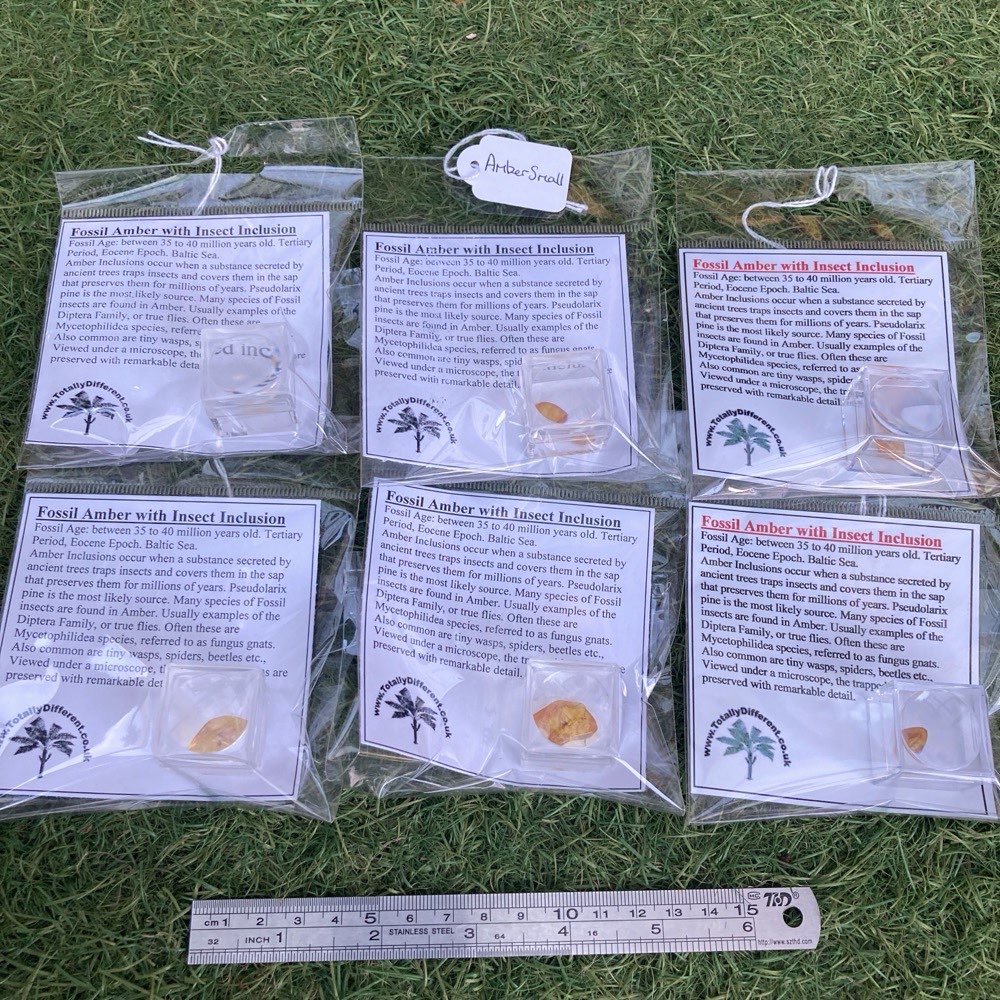

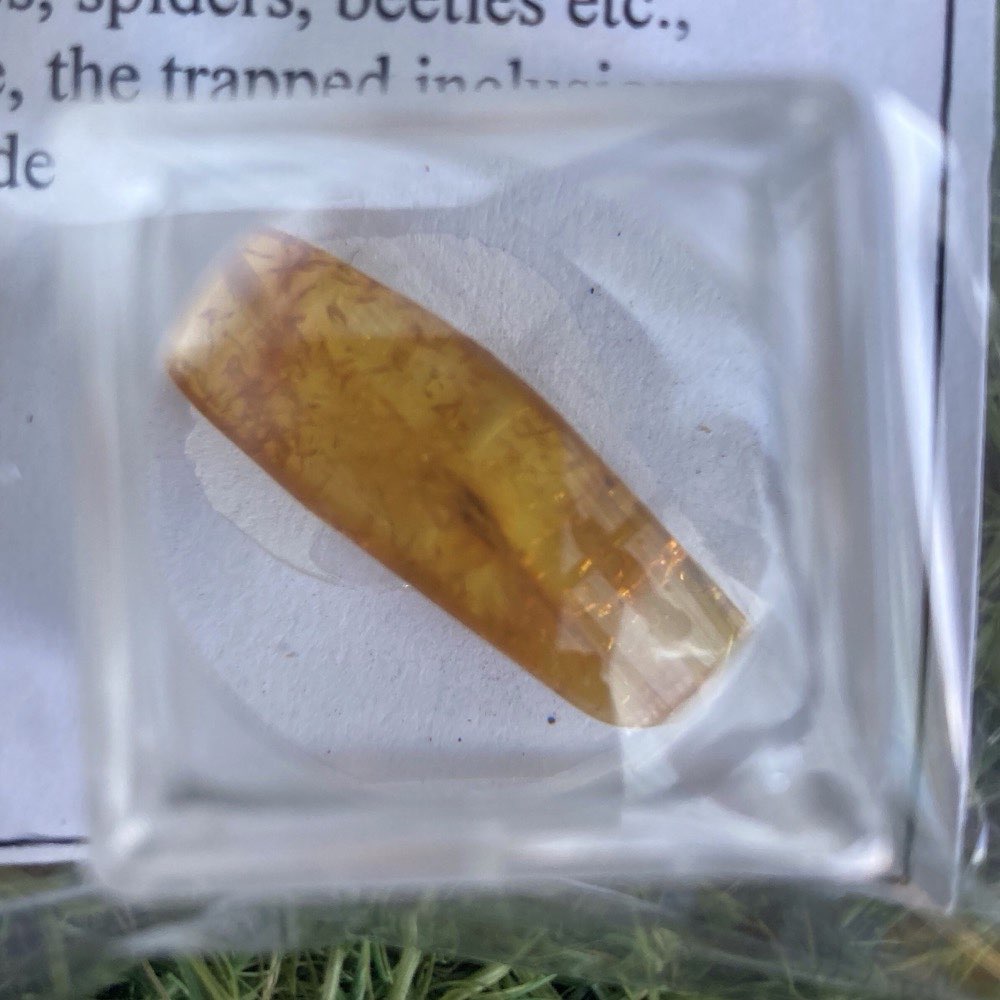
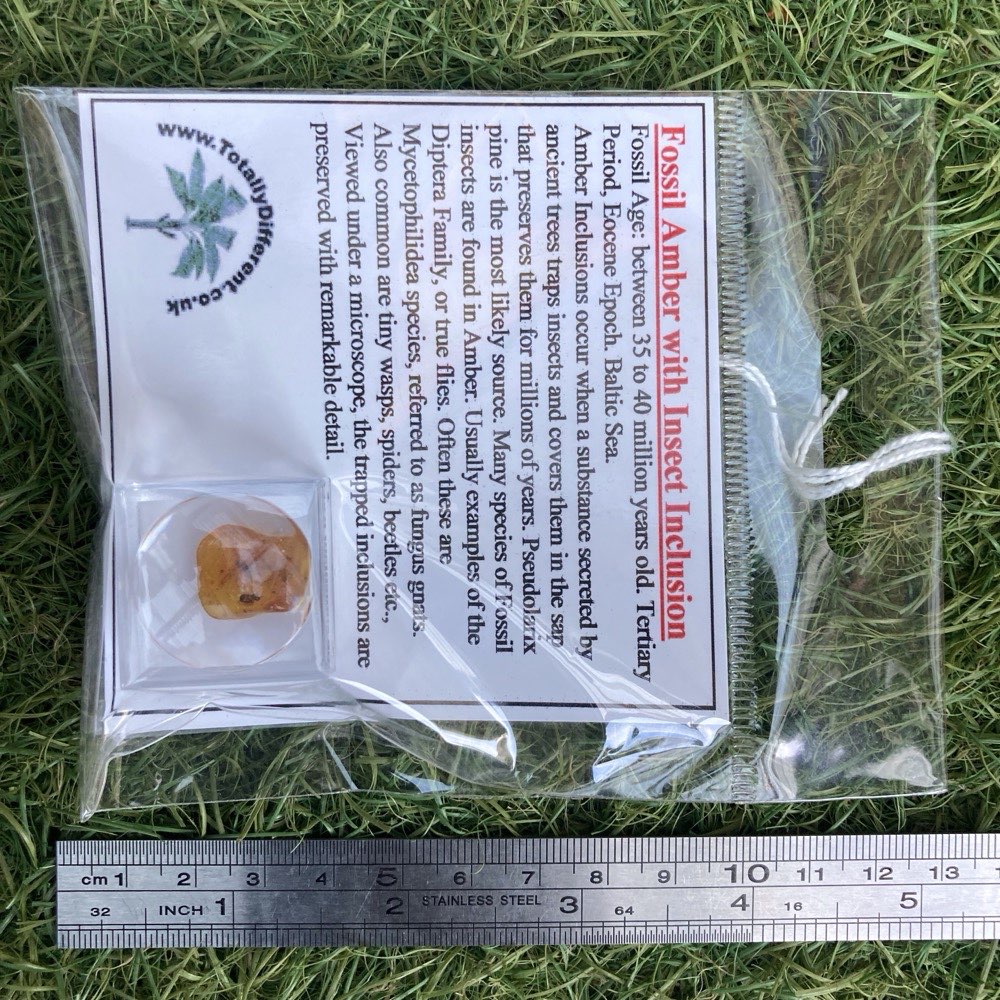

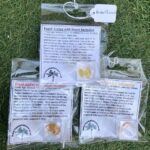


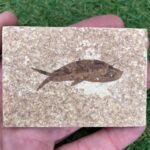
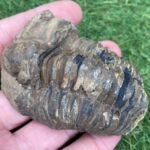
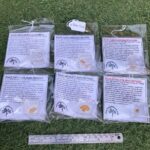
Reviews
There are no reviews yet.